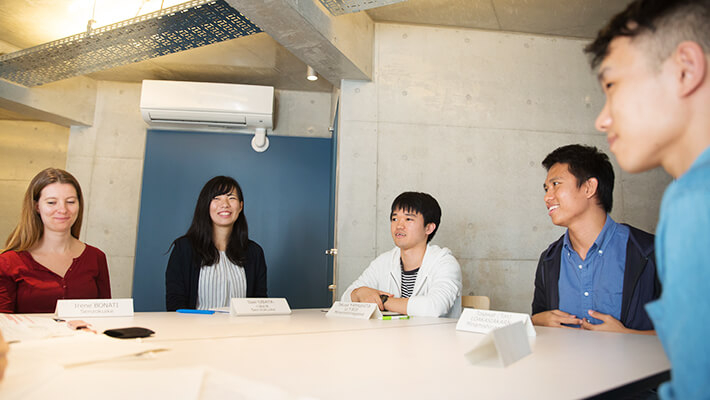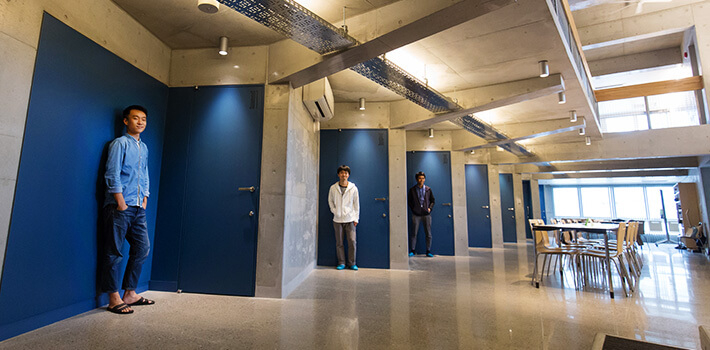
For Tokyo Tech students from Japan and abroad, dormitory life offers many advantages:
- low costs, especially compared with private apartment rental
- ease of finding and moving into a comfortable and supportive living environment
- a relaxed atmosphere in which to rest and recharge
- interaction with fellow sci-tech students from diverse fields and backgrounds
- easy access to campus
- well-equipped facilities
- a convenient base from which to explore all that Tokyo has to offer
With more than 13 dormitories —including three new dormitories opened near campus in the last two years— Tokyo Tech students have a wide range of housing options beyond private homes and apartments.
According to data provided by Tokyo Tech's Student Support Division, as of May 2018, about 6.3% of the student body lives in a dormitory, and approximately 61% of dormitory residents are from overseas.
- *
-
The content of this article was accurate at the time of the interview in October 2018.
Choosing a Tokyo Tech dormitory
For many students, especially those coming from overseas and from farther away in Japan, the ease of finding housing is a key reason for choosing to live in a dorm. Detailed information about each of the dormitories is available through the Tokyo Tech website. Because the dormitories are managed by or available through cooperation with the Institute, prospective residents can be assured that the buildings are well-maintained and appropriate for students.
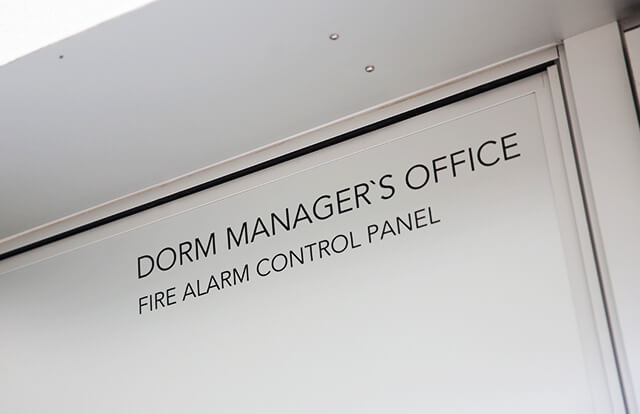
Dorm managers, who work on site and are available during certain hours, encourage residents to follow dormitory rules and provide an added layer of security. In addition, Tokyo Tech students who serve as dormitory tutors support fellow residents.
Interviewees for this article unanimously agreed that the cost of living in a Tokyo Tech dormitory is less expensive than in a private apartment1. Those considering an apartment are encouraged to consider the complicated apartment rental application process, the often-expensive "key money" and security deposits required by apartment owners, the costs of purchasing furniture and appliances, monthly transportation expenses, and time lost in commuting from farther away.
- *
-
According to Tokyo Tech's Housing Support, around the Ookayama campus, typical monthly rent, excluding utilities, for a studio apartment is approximately 70,000 yen or more.
By comparison, prospective dormitory residents need only apply for a dormitory, pay the initial fee and first month's rent, and move in. Furniture and necessary appliances, such as refrigerators, are provided by the dormitory.
Close proximity to Ookayama Campus —a 15-minute walk from Senzokuike House, a 30-minute commute from Minamishinagawa House, and a coveted on-campus location for those living in Midorigaoka House— also figured into interviewees' decisions to move into a dorm.

Takuya from Japan, Minamishinagawa House
"As an undergraduate, I was able to survive a two-hour commute from my home in northern Saitama Prefecture, but as a master's student, I knew I'd have to spend a lot more time in the lab," Minamishinagawa House resident Takuya explained. "So I moved into my dorm when I started my master's program."
Dormitory life at Tokyo Tech
University dormitories are often regarded as being rather boisterous places where students do more socializing than studying, but according to the residents interviewed, Tokyo Tech's dormitories are quiet.
Echoing comments by the other interviewees, Midorigaoka House resident Shinnosuke explained that because all 4th-year undergraduates and graduate students are provided computers and desks in their academic supervisor's lab, "Tokyo Tech is where we study and conduct research, and the dorm is the quiet place where we rest and relax."

Shinnosuke from Japan, Midorigaoka House
Senzokuike House
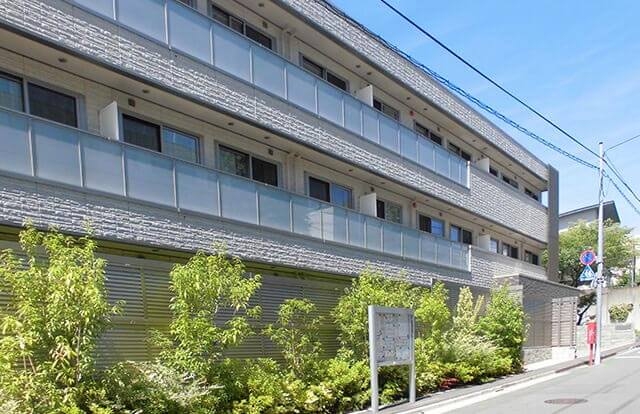

- Capacity:
102 residents
- Units comprise 3 private rooms and a shared living room
- A three-floor dormitory exclusively for women, both international and Japanese
- Located just a stone's throw from the lush and scenic Senzoku-ike Park and a short walk from Ookayama Campus
Located near a large park in a quiet residential neighborhood, Senzokuike House is a women's dormitory that opened in April 2017. It features three-person units with private bedrooms and a small living area. Residents share the dormitory's large kitchen and dining room, a television lounge, restrooms, and shower rooms. Though residents clean their own units, the campus maintenance service cleans the common areas.
"Living with students from other countries is a key part of the experience," related dormitory tutor Sae. "Japanese students are in the minority in the dorm. My roommates are from Finland and China."

Sae from Japan, Senzokuike House

Irene from Italy, Senzokuike House
"When I moved into the dorm, I expected to stay for just four or five months and then move to an apartment," explained resident Irene. "I thought the dorm would be loud, but actually, it is quiet. I don't get distracted. For me, the proximity to campus is the best thing about Senzokuike House. I don't have to take public transport. I am basically able to go to the lab any time."
Midorigaoka House


- Capacity:
63 residents
- Single rooms
- Located in the Midorigaoka Area of Ookayama Campus
- Accommodates both Japanese and international students
- Each floor has a tatami space for a touch of Japanese interior design
Designed by Tokyo Tech professors Koichi Yasuda and Toru Takeuchi
and Toru Takeuchi , the stylish Midorigaoka House opened as a men's dormitory on the Ookayama Campus in September 2017. Residents have single bedrooms and share the dormitory's kitchen and study spaces. Other common facilities include restrooms, showers, coin laundry facilities and a storage room. Though residents are responsible for cleaning their own rooms, the dorm's common areas are cleaned by the campus maintenance service.
, the stylish Midorigaoka House opened as a men's dormitory on the Ookayama Campus in September 2017. Residents have single bedrooms and share the dormitory's kitchen and study spaces. Other common facilities include restrooms, showers, coin laundry facilities and a storage room. Though residents are responsible for cleaning their own rooms, the dorm's common areas are cleaned by the campus maintenance service.

Bin from China, Midorigaoka House
According to Shinnosuke, "Midorigaoka House has everything I need. I usually study at my lab and return to the dorm for meals. It's a very good place to relax and be quiet."
Bin, a dormitory tutor, raves about the location. "This dorm is on campus and is close to my lab. Also it's close to Jiyugaoka and convenient to city centers like Shinjuku and Shibuya. The location is great."
Asked what makes life in his Tokyo Tech dorm unique, Bin answered immediately, "Diversity. There are students from many different countries. Because Tokyo Tech offers programs and courses in English, the Institute attracts students from around the world. The dorm recently welcomed new residents from places like Thailand, China, Vietnam, the U.S., Germany, and Finland. They include master's and doctoral students, and short-term exchange students."
Minamishinagawa House
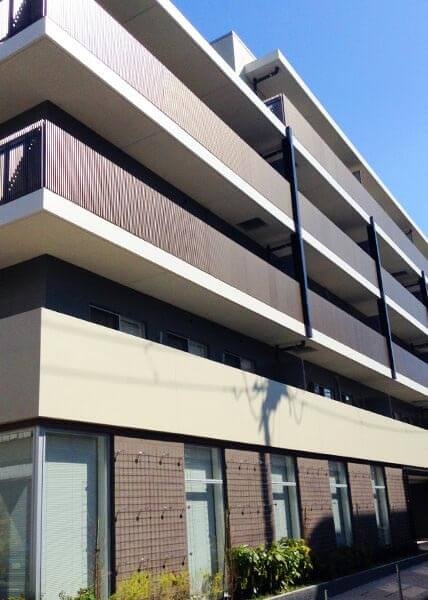

- Capacity:
165 residents
- Units comprise 3 private rooms and a shared living room, en suite bathroom and a kitchen
- Accommodates both Japanese and international students
- Located just a short walk away from Oimachi station
- Access to three train lines ensures smooth transportation to all Tokyo Tech campuses and other locations around the city
Residents of Minamishinagawa House list as advantages the safe and secure environment of the dorm, located in a crowded urban area near the Oimachi train station, and its convenience to Tokyo's city centers.
Opened in April 2018, the dormitory accommodates male students in three-bedroom apartment-style units, each with its own washing machine. Each unit includes a kitchen and dining area and an en suite bathroom. A common room on the first floor is open to all residents.
According to Takuya, Minamishinagawa House has no dormitory tutors, so unit mates help each other and develop their own procedures, such as taking turns to put out the trash. Maintenance staff clean the building's hallways and common areas once a week.

student's room, Minamishinagawa
Ton Tosawat is satisfied with the dorm. "The bedrooms are very small, but the shared areas are bigger, so it's okay for me. I like my unit because I can cook every day."
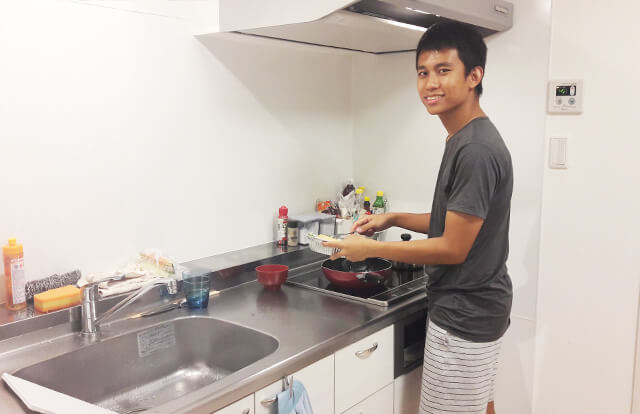 unit kitchen, Minamishinagawa House
unit kitchen, Minamishinagawa House

Ton Tosawat from Thailand, Minamishinagawa House
Regarding unit mates, Ton noted that residents have to be open to differences, both culturally and personally, when it comes to communal living. He emphasized the benefits of living with other Tokyo Tech students. "One of my unit mates is an undergraduate and the other is a master's student. We can talk about our studies together and share advice."
Added Takuya, "A lot of the residents are master's students, and we have some shared classes, so we sometimes exchange information from class."
Moving-in
A big concern for new dormitory residents is deciding what to bring to the dormitory and how to budget appropriately to purchase items needed after arrival.
Though private apartments in Japan typically require tenants to provide everything, from furniture and major appliances to ceiling lights, dormitories provide residents with a desk, chair, and bed, as well as partially furnished kitchens and living areas, and coin-laundry facilities. Many of Tokyo Tech's dormitories also provide combination air conditioning and heating units for residents' year-round comfort. Small kitchen appliances, such as vacuum cleaners, rice cookers, microwave ovens, and hot water pots, are also provided. Dormitory residents are advised to bring or purchase some items, such as bed linens.

Bin is very pleased with the facilities at Midorigaoka House, describing with enthusiasm his room, which came with a bed and desk from a leading Japanese lifestyle brand, a large air conditioning and heating unit, and a personal fridge that perfectly fits under his desk.
Having come from Europe, Irene was surprised to learn that Senzokuike House, though it provided major appliances, did not provide hangers in the rooms, or cups and cutlery for residents to share in the kitchen. Dormitory tutor Sae encourages new residents to purchase such items at a 100-yen store after they arrive on campus.
Regarding Minamishinagawa House, Ton commented, "The facilities in the room are great. As a student from abroad who only comes with a suitcase, it's great to have everything ready for us."
Social life
 Halloween party, Senzokuike House
Halloween party, Senzokuike House
From small dinner gatherings and big Halloween parties at the dorm to visits to sports facilities and izakaya restaurants in the city, opportunities abound for dormitory residents to enjoy a social life in Tokyo.
For newly enrolled students, of course, the dorm is an excellent place to meet other Tokyo Tech students. According to Irene, "There are a lot of international people in my lab, so it's easy to be around international people. The dorm helped me meet Japanese students."
"In the beginning, it was very useful that I was living with one of the dorm tutors," Irene reflected. "She organized dinners for us and took us around Tokyo. It really helped me get through the first days. I couldn't have had that if I had just rented an apartment."
"We've had dormitory parties three times so far," commented Midorigaoka House's Bin. "The next will be next week. As a tutor, I help the dorm manager buy food for the parties. Generally on weekends, I work at a part-time job. Some students do club activities on campus. The dorm is very convenient to Shibuya, so students also go there."
Residents' advice for students considering Tokyo Tech dorm life
-
New international students, apply for the dormitory first. It's complicated to rent an apartment as an international student if you are not already in Japan, so it's better to stay in a dorm for the first year and take time to investigate other housing options.
-
Be ready for a small room and know how to store your stuff. If there are three people in a unit, there is not much space, especially in the common areas.
-
Understand that Tokyo Tech dorms have rules that residents are expected to follow.
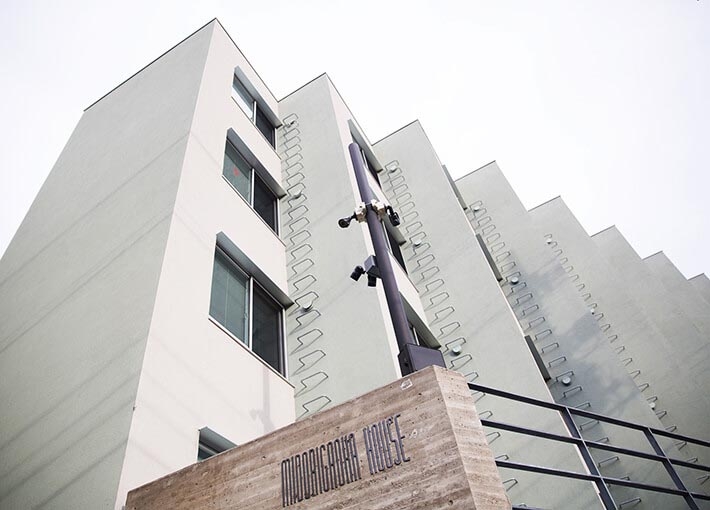
exterior,
Midorigaoka House
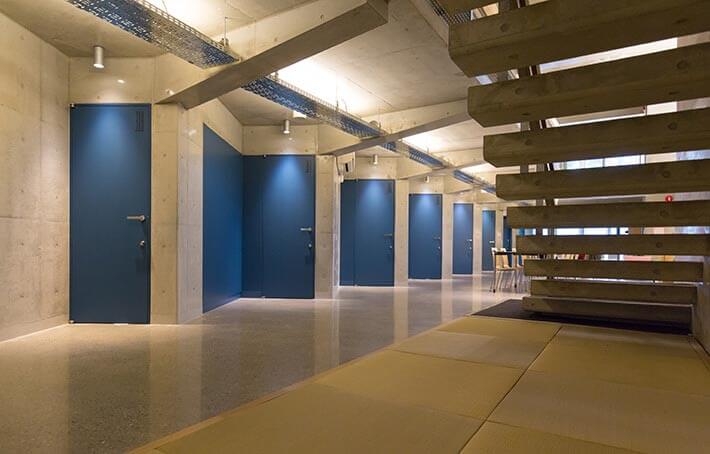
hallway,
Midorigaoka House
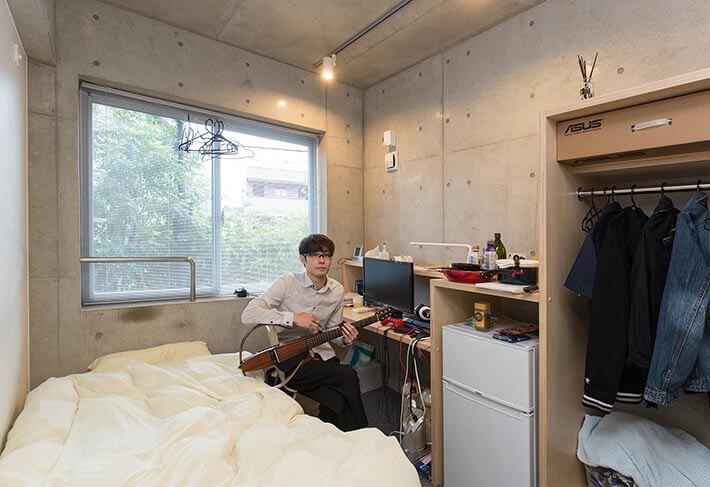
student's room,
Midorigaoka House

study space overlooking dormitory kitchen,
Midorigaoka House
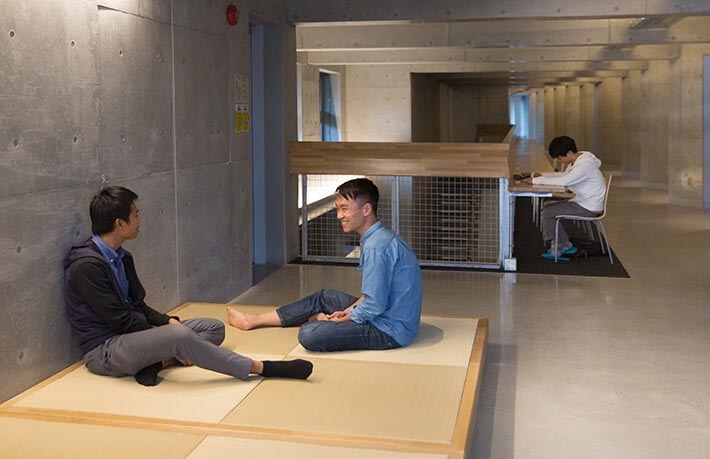
common area,
Midorigaoka House

washroom with laundry facilities,
Midorigaoka House

access bridge,
Midorigaoka House

exterior,
Senzokuike House

message board,
Senzokuike House
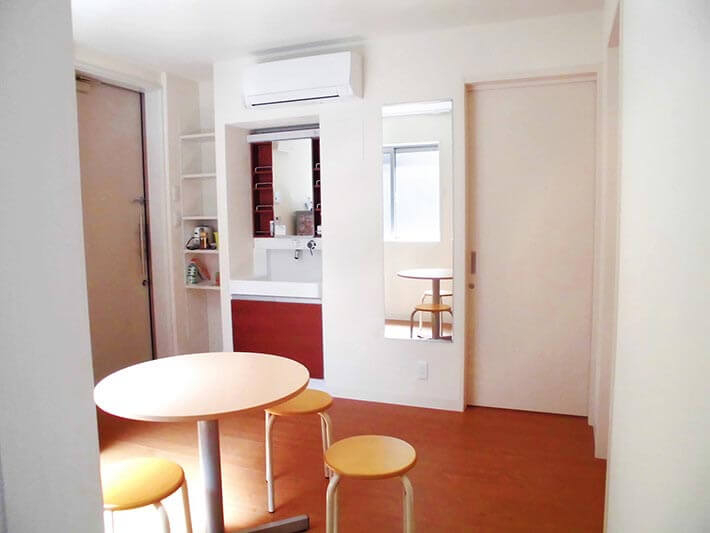
unit living area,
Senzokuike House

dormitory dining room,
Senzokuike House
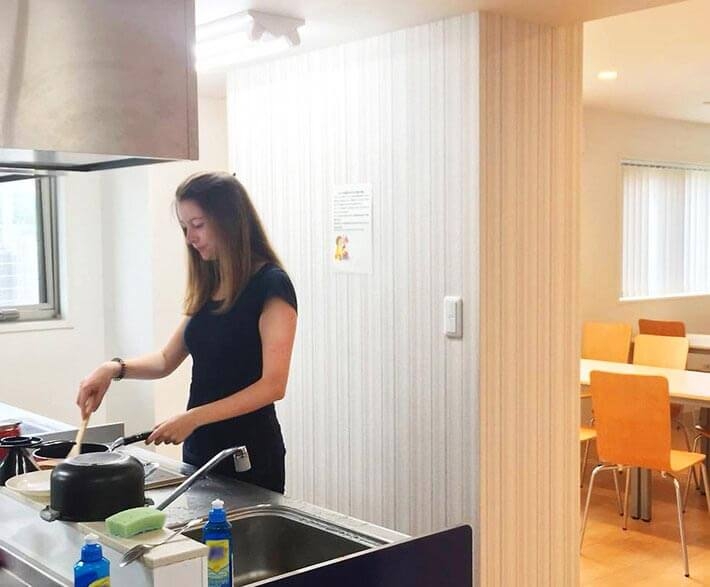
dormitory kitchen,
Senzokuike House

student's bedroom,
Senzokuike House
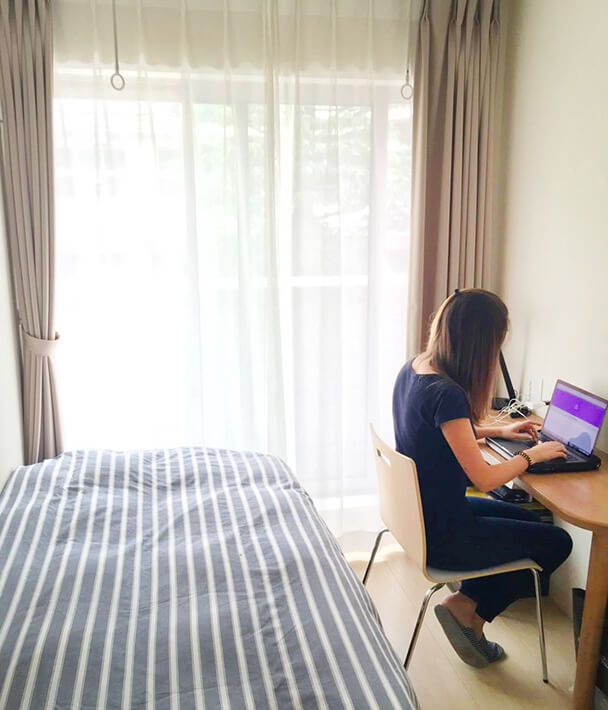
student's room,
Senzokuike House

exterior,
Minamishinagawa House
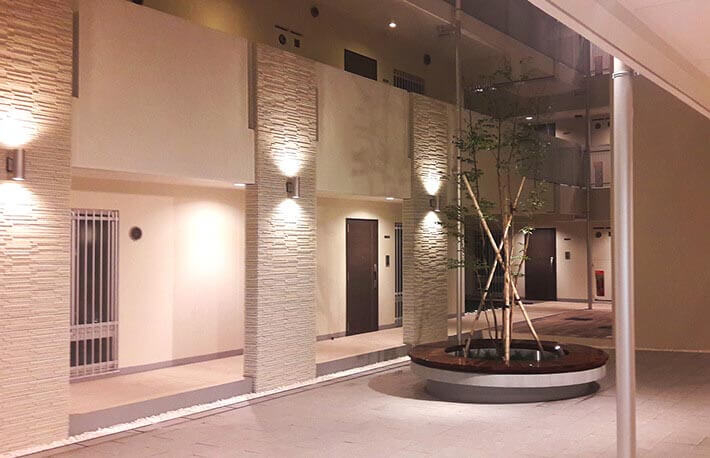
courtyard,
Minamishinagawa House
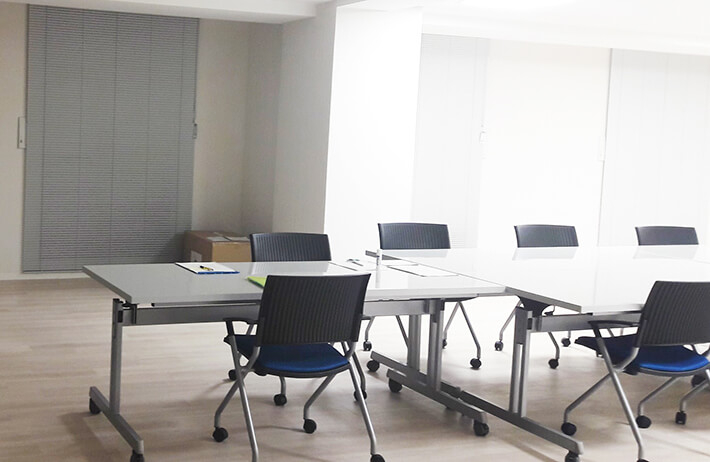
multipurpose lounge,
Minamishinagawa House
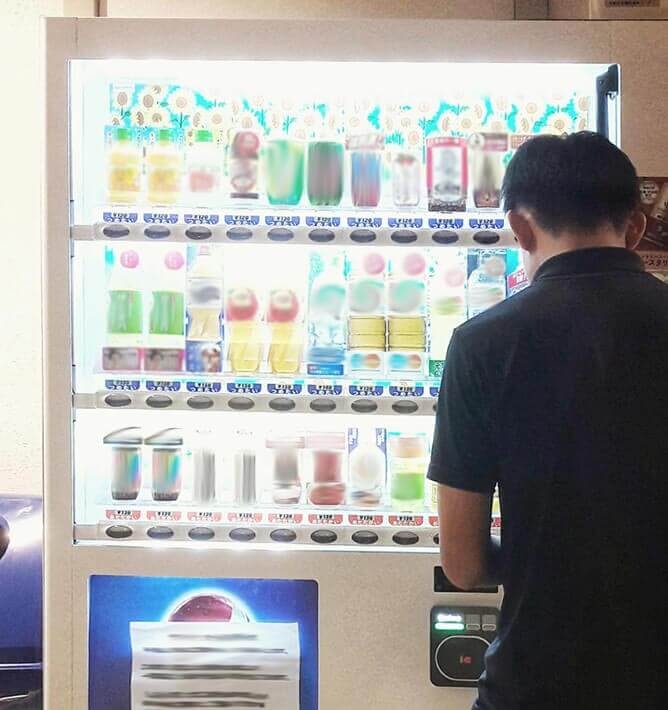
vending machine for beverage,
Minamishinagawa House
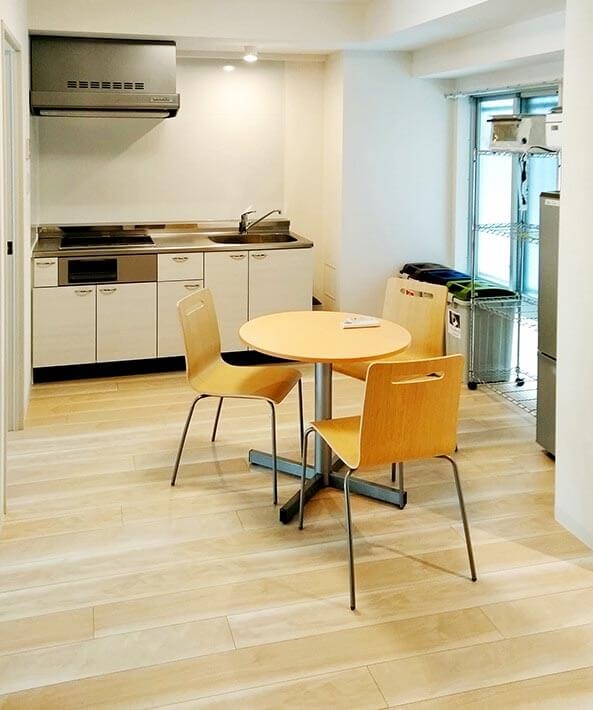
unit kitchen and dining area,
Minamishinagawa House

unoccupied bedroom,
Minamishinagawa House
Tokyo Tech's dormitory tutors
In some dorms, dormitory tutors play an active role. Hired by the Institute to support residents in their daily life, tutors are typically responsible for conducting orientations for new residents, assisting residents with administrative procedures, organizing parties or dorm events, liaising with dormitory managers, and in some cases, acting as an intermediary to communicate residents' concerns to dorm managers or to Tokyo Tech.
According to the Institute's Student Support Division, new tutors are recruited whenever vacancies occur. New tutors are selected based on personal interviews as well as on satisfactory review of their application documents, which must include letters of recommendation by their academic supervisors.
What do you do as a dormitory tutor?

Sae:My main job as a dormitory tutor is to explain the dorm rules to new students. I also help arrange parties and accompany new residents to the ward office to complete their residence registrations. We have a manager, and she is leader of the dorm. We tutors support on small things.

Bin:I agree. If students are embarrassed to go to the manager, they can contact me by a messaging app, and I can relay their concerns to the manager. This happened recently with some noise-related complaints.
Why did you decide to become a dormitory tutor?
Bin:For the pay! (laughter) Also, so I can meet students from various backgrounds.
Sae:Of course, money is one reason. I am paying the rent by myself, so it's helpful to be a tutor. One other reason is that when I studied in Sweden, I was helped a lot by other students. I wanted to help students in Japan.
Can you share any memorable episodes or experiences?
Bin:Sometimes students go through me to make requests to Tokyo Tech. Being a tutor has helped me understand the concerns of students from different countries.
Q&A with Tokyo Tech's Student Support Division
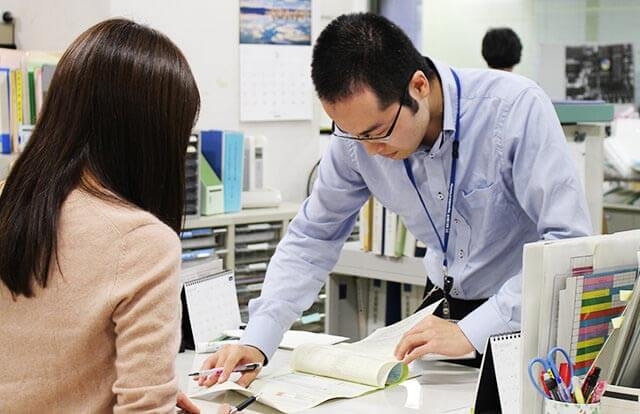
Tokyo Tech's Student Support Division is in charge of student dormitory management and daily life support for international students at Tokyo Tech. Staff members provided additional information about Tokyo Tech dormitories.
How does the application process work?
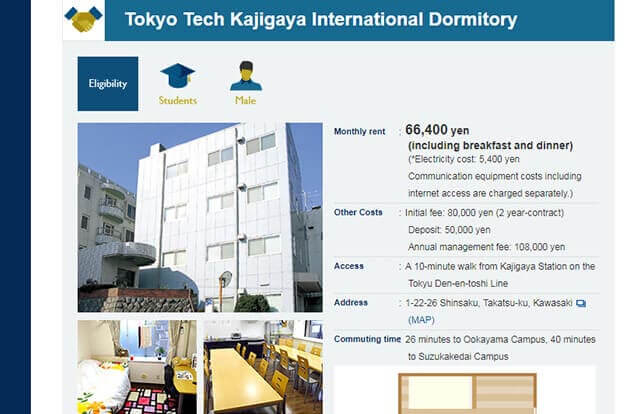
First, we ask prospective dorm residents to look at the Tokyo Tech website for information about the various dormitories. After you have found a dormitory that suits your needs, and confirmed that it is accepting tenant applications, you just apply online. Applications are basically accepted on a first-come, first-served basis.
How long can students live in the dorms?
Most dorms have a maximum period of residence of one or two years. However, some dormitories permit residence for the duration of the individual's academic program at Tokyo Tech. Prospective residents should check the dormitory webpage for details.
How are unit mate or roommate assignments conducted?
For the dorms that have unit-style accommodations, we usually place Japanese and international students together in each unit. Other than that, we may take into consideration the relationships between the home countries of the students we are placing.
Can you tell us about the dormitory rules?

There are some basic rules that are common to all dormitories, such as prohibitions against keeping or storing personal items in the common areas or smoking outside of designated areas. Other than that, we leave it to each dorm to set its own rules, so those are decided through consultation between the dormitory managers and the dorm's tutors. For example, because some students have rooms located right off the dorm's kitchen at Midorigaoaka House, that dorm has its own rule limiting noise in the kitchen after 11 p.m.
What measures are implemented to ensure the safety and security of dorm residents?
Security cameras are installed at the dorms. The dorms also have fire protection equipment, such as smoke detectors, fire alarms and fire extinguishers, which are inspected on a regular basis. Maps showing building evacuation routes are posted in the dorms' common areas. Some dormitories also organize or participate in disaster preparedness drills.
Could you tell us more about the role of your group regarding dormitory management?
Aside from recruiting and processing applications for residence and assigning unit or roommates, our role is to provide overall management of Tokyo Tech's dormitories. So, we liaise with the dormitory managers and tutors and arrange equipment repairs, fixture and furnishing purchases, and so on, and we provide general support so that residents can live comfortably in the dorms.
Can international exchange students live in the dorms?
International exchange students —those studying at Tokyo Tech on exchanges under tuition-waiver— usually can live in the dorms if they so wish. We generally place international exchange students in three dormitories that are convenient to both the Ookayama and Suzukakedai campuses. Priority for dormitory housing depends on the specific program in which the student is participating. International exchange students apply for dormitory accommodation through their Tokyo Tech program coordinator.
Do any of the dorms offer co-ed housing or housing for students or researchers with families?
Yes, six of the dorms accommodate both male and female students and researchers. Of those, Minami-Tsukushino House and Tokyo International Exchange Center, also offer family units.
How do you advise international students who cannot find a suitable dormitory?
We recommend they contact Tokyo Tech's Housing Support, which provides information for international students and researchers seeking private accommodations.
The Special Topics component of the Tokyo Tech Website shines a spotlight on recent developments in research and education, achievements of its community members, and special events and news from the Institute.
Past features can be viewed in the Special Topics Gallery.
. Any information published on this site will be valid in relation to Science Tokyo.



